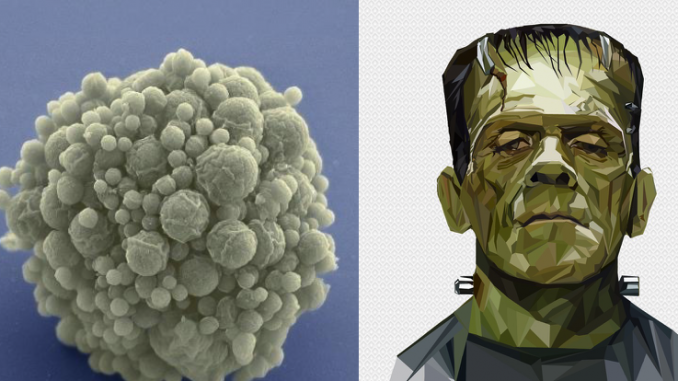
File this one under scary. A group of Frankenstein-like scientists have announced the creation of a synthetic organism that has been stripped to its most basic state of being.
The organism has the fewest genes required to multiply and live, something scientists say may help reveal “big insights” on the nature of life itself

BYPASS THE CENSORS
Sign up to get unfiltered news delivered straight to your inbox.
You can unsubscribe any time. By subscribing you agree to our Terms of Use
Latest Video
Post Guam reports:
Genome research pioneer J. Craig Venter called the bacterial cell his research team designed and constructed the “most simple of all organisms.” While the human genome possesses more than 20,000 genes, the new organism gets by with only 473.
“This study is definitely trying to understand a minimal basis of life,” said Venter. But the researchers said that even with such a simple organism, that understanding remained elusive.
They noted that even though their organism has so few genes, they were still uncertain about the function of nearly a third of them, even after more than five years of work.
The researchers predicted their work would yield practical applications in developing new medicines, biochemicals, biofuels and in agriculture.
“Our long-term vision has been to design and build synthetic organisms on demand where you can add in specific functions and predict what the outcome is going to be,” said Daniel Gibson, vice president for DNA technologies at Synthetic Genomics Inc, the company handling commercial applications from the research.
“I think it’s the start of a new era,” Venter added.
Venter helped map the human genome in 2001 and created the first synthetic cell in 2010 with the same team that conducted the new research.
That 2010 achievement, creating a bacterial organism with a manmade genome, demonstrated that genomes can be designed on a computer, made in a laboratory and transplanted into a cell to form a new, self-replicating organism.
Having created that synthetic cell, the researchers set out to engineer a bacterium by removing unessential genes. The goal was to use the fewest genes necessary for the organism to live and reproduce.
Venter said initially “every one of our designs failed” because they took out too many genes, and had to restore some.


